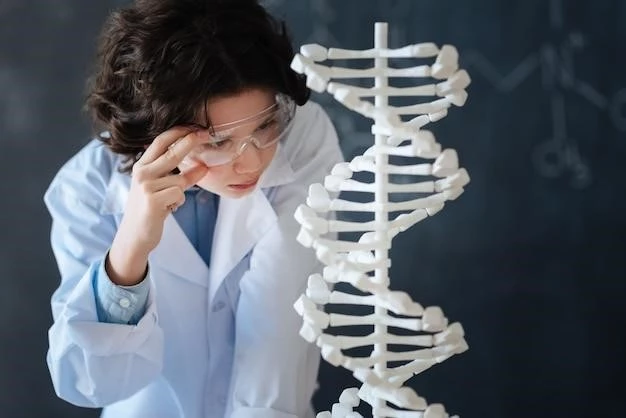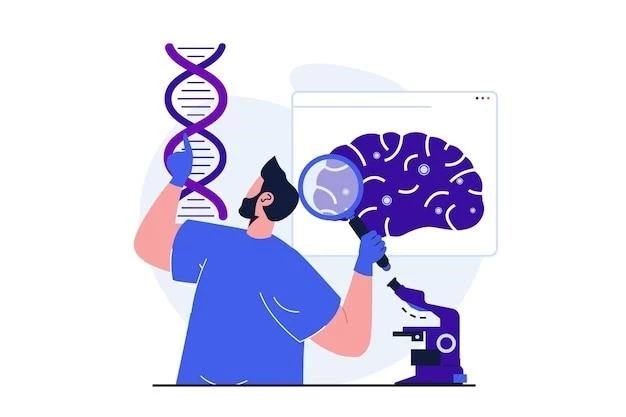Overview of Noonan Syndrome
Noonan syndrome (NS) is a genetic disorder with a wide range of symptoms and physical features evident at birth. It is characterized by distinct facial features, short stature, congenital heart disease, bleeding problems, and other abnormalities. The disorder is typically inherited in an autosomal dominant manner and is caused by mutations in various genes involved in the Ras/MAPK signaling pathway.
Definition and Characteristics
Noonan syndrome is a genetic disorder characterized by distinctive facial features and a wide spectrum of physical abnormalities. Individuals with Noonan syndrome may exhibit craniofacial features like widely set eyes, low-set ears, and a short neck. Additionally, skeletal malformations, heart defects, bleeding issues, and developmental delays are common characteristics of this condition. Noonan syndrome is typically inherited in an autosomal dominant manner and is caused by mutations in specific genes involved in the Ras/MAPK signaling pathway.
Symptoms and Clinical Presentation
Individuals with Noonan syndrome may present with distinctive facial features, short stature, congenital heart disease, bleeding problems, chest deformities, and skeletal malformations.
Physical Features
Noonan syndrome is characterized by distinct facial features such as widely set eyes, low-set ears, and a short neck. Individuals may also exhibit skeletal malformations like a sunken or bulging breastbone and chest deformities. Additionally, they may experience heart defects, bleeding problems, and developmental delays.
Associated Abnormalities
In addition to the physical features, individuals with Noonan syndrome may experience heart defects, bleeding problems, skeletal malformations, and developmental delays. Common abnormalities include a sunken or bulging breastbone, chest deformities, and issues with bone structure.

Genetic Basis of Noonan Syndrome
Noonan syndrome is typically inherited in an autosomal dominant manner and results from mutations in genes involved in the Ras/MAPK signaling pathway, such as PTPN11, SOS1, RAF1, RIT1, and KRAS.
Autosomal Dominant Inheritance
Noonan syndrome follows an autosomal dominant inheritance pattern, meaning that only one copy of the affected gene is needed to express the disorder. Parents with Noonan syndrome have a 50% chance of passing it on to their offspring.
Commonly Implicated Genes
Noonan syndrome is primarily associated with mutations in genes such as PTPN11, SOS1, RAF1, RIT1, and KRAS, all of which play critical roles in the Ras/MAPK signaling pathway. Furthermore, variations in NRAS, BRAF, and other genes can also contribute to the development of Noonan syndrome.

Diagnosis and Management
Diagnosis of Noonan syndrome involves clinical evaluation, genetic testing, and imaging studies to identify associated abnormalities. Management strategies focus on treating individual symptoms such as cardiac issues, developmental delays, and skeletal abnormalities, with a multidisciplinary approach to ensure comprehensive care.
Diagnostic Approaches
Diagnosis of Noonan syndrome involves clinical evaluation, genetic testing, and imaging studies to identify associated abnormalities. Utilizing a multidisciplinary approach, healthcare providers obtain a comprehensive understanding of the individual’s condition for personalized care.
Treatment Options
The treatment of Noonan syndrome aims to manage individual symptoms such as heart defects, bleeding problems, skeletal malformations, and developmental delays. It involves a multidisciplinary approach to provide comprehensive care tailored to the specific needs of each affected individual.
Impact and Prognosis
Families living with Noonan Syndrome emphasize the urgent need for additional social support and increased awareness of this rare genetic condition.
Challenges and Complications
Individuals with Noonan syndrome face challenges such as heart defects, bleeding issues, skeletal malformations, developmental delays, and social stigmatization due to their distinctive physical features. These individuals may require lifelong medical management and psychological support to address the complexities associated with this genetic disorder.
Life Expectancy and Quality of Life
Individuals diagnosed with Noonan syndrome typically have a normal life expectancy but may face challenges such as weak bones, heart issues, blood clotting disorders, and other complications throughout their lives. Diagnosis through genetic testing, blood tests, and heart function assessments enables accurate treatment and care planning.
Support and Awareness
Families affected by Noonan Syndrome stress the importance of increased social support and heightened awareness of this rare genetic condition.
Need for Social Support
Families affected by Noonan Syndrome emphasize the urgent need for additional social support and increased awareness of this rare genetic condition.
Awareness Initiatives
Increasing awareness of Noonan Syndrome is crucial to promoting early diagnosis, access to appropriate care, and providing support to affected individuals and their families. Awareness initiatives aim to educate the public and healthcare professionals about the unique challenges associated with this genetic disorder.
